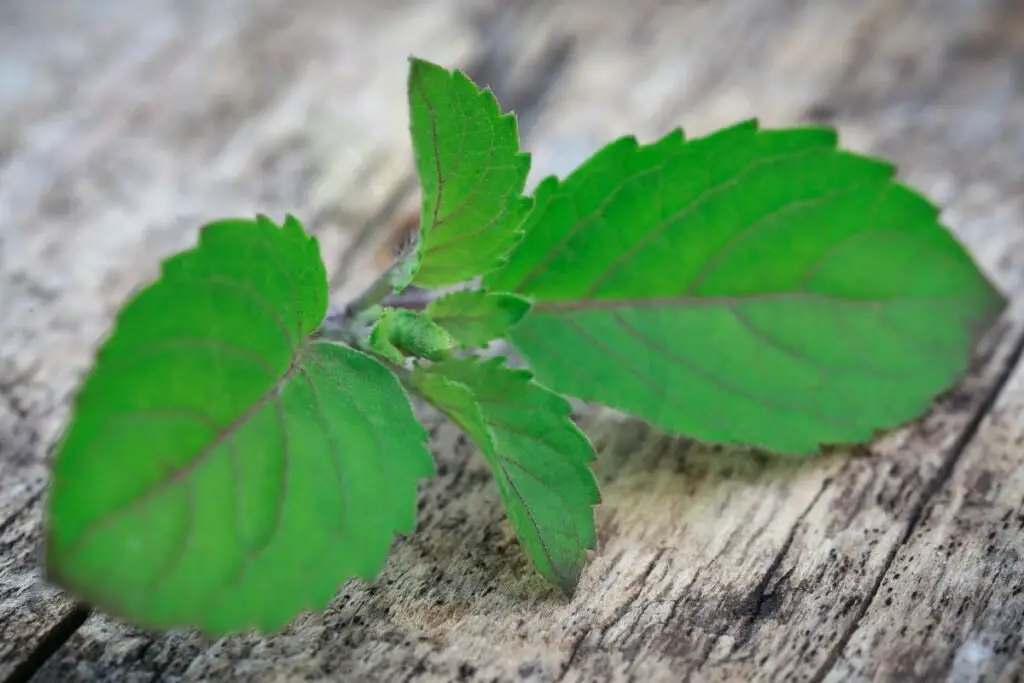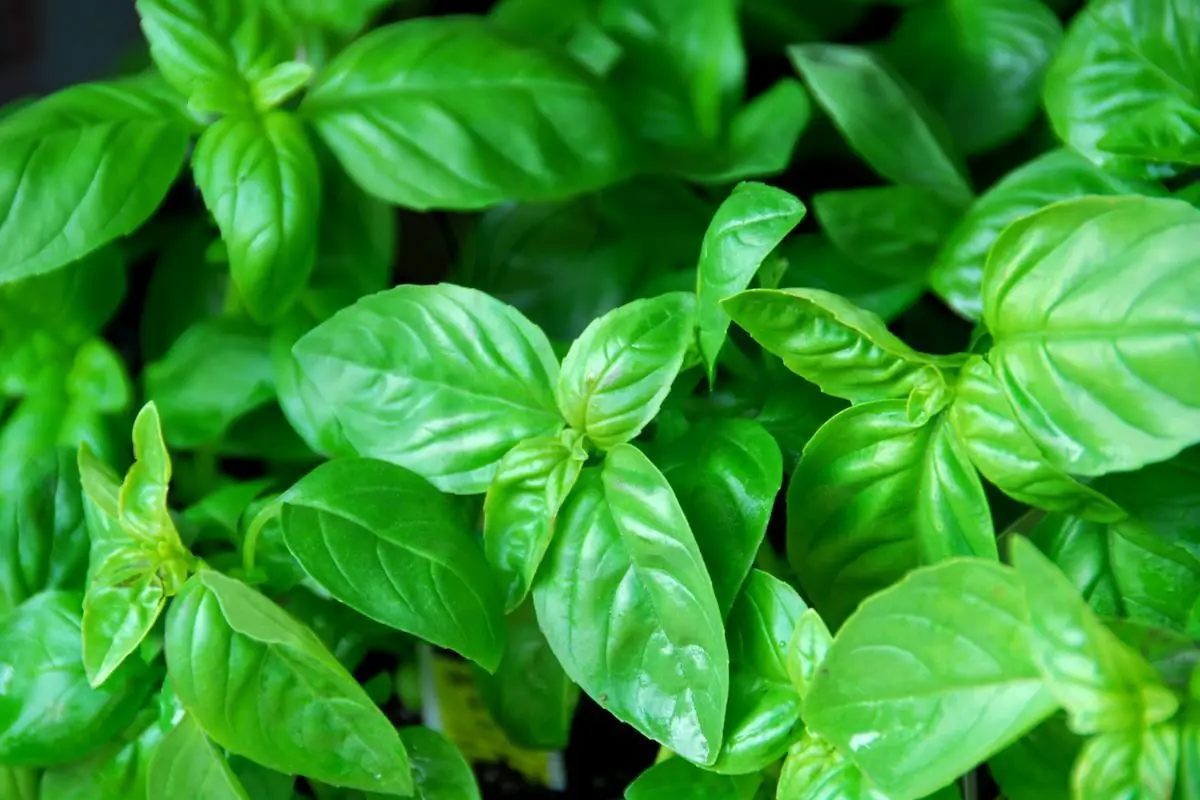Are your basil leaves drooping, and you're unsure how to revive them? Look no further for expert tips on bringing your wilted basil back to life.
Key Takeaways
- Immediate Remedies: Water your basil plant thoroughly and ensure proper drainage to revive drooping leaves quickly.
- Long-Term Solutions: Address underlying issues like overwatering or inadequate sunlight to prevent basil leaves from drooping in the future.
- Preventive Measures: Regularly check soil moisture, provide adequate sunlight, and avoid overcrowding plants to maintain healthy basil growth.
- Pest Management: Monitor for pests like aphids or spider mites and use natural remedies like neem oil to protect basil plants from infestations.
- Plant Care Practices: Prune regularly, fertilize appropriately, and rotate basil plants to promote strong, upright growth and prevent drooping leaves.
- Troubleshooting Tips: If drooping persists despite corrective measures, consider repotting your basil plant with fresh soil and proper spacing for optimal health.
Droopy Leaves Overview
Environmental Factors
Adjust lighting to prevent basil leaves from reaching for the sun. Maintain consistent temperature levels to avoid shocking the plant. Monitor humidity levels to ensure proper water balance in leaves.
Nutritional Deficiencies
Provide adequate nitrogen, potassium, and magnesium for leaf turgidity. Look out for yellowing leaves as a sign of nutrient deficiency. Regularly feed sweet basil with a balanced fertilizer to keep leaves healthy.
Pests and Diseases
Combat aphids and spider mites with insecticidal soap. Address Fusarium wilt promptly to prevent droopiness. Prevent root rot by avoiding overwatering and maintaining proper drainage.
Environmental Impact
Watering Issues
Adjust watering based on soil moisture levels to combat droopiness. Immediate action on watering can help revive drooping basil leaves. Prevent fungal diseases by avoiding overwatering and promoting air circulation.
- Overwatering leads to root rot.
- Underwatering causes wilting and yellowing.
Light Requirements
Ensure proper sunlight exposure to prevent weak, floppy stems. Adjust lighting conditions to maintain healthy basil growth. Provide temporary shade for sun-scorched leaves for quick recovery.
- Insufficient light results in leggy growth.
- Excessive light can scorch the leaves.
Temperature Effects
Prevent temperature extremes to avoid shocking the plant. Monitor temperature fluctuations to prevent droopiness. Maintain optimal temperature conditions for healthy basil growth.
- Cold temperatures slow down growth.
- High temperatures cause stress and wilting.
Nutritional Needs
Soil Quality
Basil plants need well-draining soil to prevent waterlogging, which can lead to root rot. Monitor the soil quality regularly to avoid nutrient deficiencies that can cause drooping leaves. Ensuring proper soil conditions is crucial for the overall health of basil plants.
- Use well-draining soil to prevent waterlogged conditions.
- Monitor soil quality to prevent nutrient deficiencies.
- Ensure proper soil conditions for healthy basil plants.
Fertilizer Use
To keep basil leaves perky and green, apply balanced fertilization. Regularly monitor nutrient levels in the soil to prevent droopiness in the leaves. Sweet basil should be fed regularly to maintain leaf vigor.
- Apply balanced fertilization to keep basil leaves perky and green.
- Monitor nutrient levels to prevent droopiness.
- Regularly feed sweet basil to maintain leaf vigor.
Pest Management
Common Pests
Combat common pests such as aphids and spider mites by being vigilant in your basil plant care routine. Utilize insecticidal soap as an effective method for controlling these pests. By taking proactive measures, you can prevent infestations and maintain the health of your basil plants.
- Be vigilant in monitoring for aphids and spider mites
- Use insecticidal soap for pest control
- Prevent infestations to ensure healthy basil plants
Disease Prevention
To prevent the spread of diseases, promptly remove infected leaves from your basil plants. Implementing dry watering practices can help prevent diseases like leaf spot. Promoting adequate air circulation is crucial in preventing diseases such as downy mildew.
- Remove infected leaves promptly
- Implement dry watering practices
- Promote air circulation to prevent diseases
Immediate Remedies
Adjust Watering
- Monitor soil moisture levels regularly for proper watering adjustments to prevent drooping.
- Take immediate action by adjusting watering practices to revive droopy basil leaves.
- Avoid root rot by ensuring appropriate watering techniques are implemented consistently.
Pest Control
- Combat common pests such as aphids and spider mites promptly to prevent damage.
- Utilize insecticidal soap as an effective method for controlling pests on basil plants.
- Stay vigilant in monitoring your plants to catch pest infestations early and protect your basil.
Long-Term Solutions
Soil Improvement
Plant basil in well-draining soil to avoid issues like root rot and fungal diseases. Monitor the soil quality regularly to ensure it is conducive for optimal basil growth. Enhance the soil conditions by adding organic matter or perlite for healthier basil plants.
Proper Fertilization
Regularly feed sweet basil with a balanced fertilizer rich in nitrogen, phosphorus, and potassium to promote leaf health. Maintaining proper nutrient levels is crucial to prevent droopiness in basil leaves. Apply fertilizers correctly following the manufacturer's instructions to achieve optimal growth.
Preventive Measures
Regular Monitoring
Monitor basil plants for signs of nutrient deficiencies. Check leaves for yellowing or browning edges, indicating lack of nutrients. Inspect the plant regularly to catch any issues early on.
Regularly check for pests and diseases to prevent damage. Look out for aphids, spider mites, or fungal infections that can harm basil plants. Swift action can prevent infestations from spreading.
Keep an eye on soil moisture levels for appropriate watering. Ensure the soil is moist but not waterlogged to avoid root rot. Stick a finger into the soil to gauge moisture before watering.
Environmental Control
Adjust environmental factors for optimal basil growth. Position the plant in a spot with at least 6-8 hours of sunlight daily. Rotate the pot often to promote even growth.
Maintain proper lighting, temperature, and humidity levels. Basil thrives in warm temperatures between 70-90°F (21-32°C). Avoid placing it near drafts or air conditioning vents.
Ensure ideal growing conditions for healthy basil plants. Provide good air circulation around the plant to prevent fungal diseases. Consider using a humidifier if your home is particularly dry.
Plant Care Practices
Pruning Tips
Regular pruning is crucial for sweet basil's health. Proper techniques can prevent droopy leaves by promoting new growth. By maintaining proper spacing and removing excess foliage, you ensure optimal air circulation.
Pruning also helps the plant allocate energy efficiently, leading to healthier and more robust growth. It's essential to use clean, sharp shears to avoid damaging the plant. Aim to prune just above a set of healthy leaves to encourage branching and bushier growth.
- Regular pruning is crucial for sweet basil's health
- Proper pruning techniques can prevent droopy leaves
- Maintain proper spacing through regular pruning
Repotting Basics
Repotting basil plants becomes necessary when they become root-bound, which can lead to droopiness. Opt for well-draining containers with adequate drainage holes to prevent waterlogging. During repotting, gently loosen the roots before placing them in fresh potting soil.
Repotting not only prevents drooping but also refreshes the soil quality and provides additional space for root growth. Ensure the new pot is slightly larger than the current one to accommodate the plant's expanding root system comfortably.
- Repot basil plants when root-bound to prevent droopiness
- Use well-draining containers with proper drainage holes for repotting
Troubleshooting Tips

Blackening Leaves
Address blackening leaves promptly to prevent further damage. Identify the cause for appropriate treatment, such as overwatering or fungal infections. Remove affected leaves immediately to prevent the spread of diseases.
Brown Stems
Investigate brown stems for signs of disease or nutrient deficiencies. Promptly address brown stems to prevent further damage and ensure basil's health. Trim any affected brown stems to promote new growth.
Final Remarks
After learning about the causes of droopy basil leaves, understanding its environmental impact, nutritional needs, and pest management, you are now equipped with immediate remedies, long-term solutions, preventive measures, troubleshooting tips, and proper plant care practices. By implementing these strategies, you can ensure the health and vitality of your basil plants.
Remember to monitor your basil regularly, provide adequate sunlight and water, address any pest issues promptly, and maintain a suitable environment for optimal growth. Your commitment to caring for your basil plants will not only revive droopy leaves but also promote a thriving garden. Keep up with these practices to enjoy a bountiful harvest of fresh basil leaves for all your culinary creations.
Frequently Asked Questions
Why are my basil leaves drooping?
Basil leaves may droop due to overwatering, underwatering, inadequate sunlight, or poor drainage. Ensure proper watering schedule, adequate light exposure, and well-draining soil to prevent drooping.
[Special requests]
- Check soil moisture before watering
- Provide at least 6-8 hours of sunlight daily
How can I revive droopy basil leaves?
To revive droopy basil leaves, adjust the watering schedule by allowing the soil to dry slightly between waterings. Trim off any severely wilted leaves and ensure proper sunlight exposure for healthy growth.
- Avoid overwatering
- Consider repotting if root-bound
What nutrients do basil plants need to prevent leaf drooping?
Basil plants require balanced fertilization with a focus on nitrogen for healthy leaf growth. Use a fertilizer high in nitrogen but also containing phosphorus and potassium to support overall plant health and prevent drooping.
[Special requests]
- Use organic fertilizers for better nutrient absorption
- Follow recommended dosage on fertilizer label
How can I protect my basil plant from pests causing leaf drooping?
Prevent pest infestations by regularly inspecting your basil plant for common pests like aphids or spider mites. Use natural remedies like neem oil or insecticidal soap to control pests without harming the plant.
[Special requests]
- Introduce beneficial insects like ladybugs for pest control
- Avoid using chemical pesticides near edible plants
What long-term solutions can I implement to avoid basil leaf drooping?
Implement long-term solutions such as improving soil drainage, providing consistent care, and ensuring proper air circulation around the plant. Regularly prune the plant to encourage new growth and remove any diseased or damaged foliage.
[Special requests]
- Mulch around the base of the plant to retain moisture
- Rotate planting locations yearly
Image Source: Paid image from CANVA


